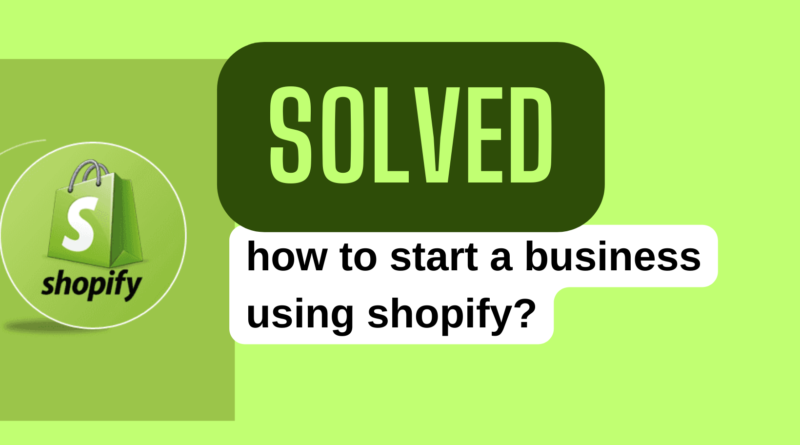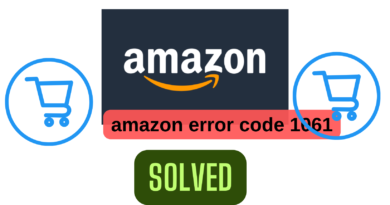Starting a Business Using Shopify in Less Than Half an Hour SOLVED
Beginning a business using Shopify starts with creating your store. This step-by-step guide makes the process painless.
Shopify can help your small business get off the ground quickly, whether selling bath bombs, dollhouses or another niche product. From there on out it’s all about marketing your store!
1. Create your store
Starting an ecommerce business can be both exciting and daunting, but Shopify makes the process easier by helping you build a store that looks fantastic while being functional as well. However, success lies with you alone.
Shopify’s suite of ecommerce tools allows you to build an online store, accept credit card payments, ship products and analyze performance – without needing any coding knowledge!
Shopify provides an expansive range of themes and templates, as well as third-party apps that add functionality to your store, such as embedding click-to-buy buttons on other websites and social media platforms or automatically creating collections by tagging products. It can even set up email shout-outs using these applications.

2. Add your products
Shopify offers you everything you need to build and run an online store, accepting credit cards and shipping products directly. It also lets you manage inventory and track sales effectively.
Once you are ready to add products, simply log into your store and navigate to the “Products” tab. For each product you create, provide clear titles and descriptions so your customers can easily find what they are searching for. This information will ensure a positive customer experience!
Your products can be organized into collections, which function like categories. Collections also enable you to use Facebook and Instagram ads as ways of showcasing products as ads while managing them from within the Shopify dashboard.
3. Set up your payment options
Shopify’s comprehensive suite of ecommerce tools makes it simple and straightforward to build an online store, accept credit card payments, ship products and analyze business performance. Furthermore, Shopify features can make the checkout experience more inviting to customers – such as skipping signup or offering checkout without an account.
Choose which payment provider to use at checkout by going into your Shopify admin and clicking Settings > Payments. Complete setup procedures for each provider you plan on incorporating.
Shopify provides an unparalleled platform to sell both products and services – such as yoga studio classes, hair styling and photography services, machinery rental or costumes rental services – without breaking the bank! Simply set your service pricing, delivery options and POS system up so your inventory management runs smoothly.
4. Market your store
Some entrepreneurs get the urge to try something different, whether that means taking on new business risks or just cashing out and taking a much-needed vacation – selling their Shopify store provides them with the option to do just that.
Shopify provides merchants with several built-in marketing tools, but it is up to the merchant to learn how to utilize these and build successful campaigns using them. A referral campaign that rewards existing customers for sharing your products could generate more sales than any other type of advertisement channel.
Promoting your store through infographics that share useful product data can also be an effective way to draw customers in – these pieces can be highly shareable and drive lots of traffic back to the website – all this with an approach that’s easily scalable!
5. Track your sales
Tracking sales can provide valuable insight into how well your business is doing, helping to establish whether revenue is increasing and sufficient to cover operating costs.
By closely tracking sales, keeping an eye on them can also help you make more informed decisions regarding future investments in your store. For instance, if sales are decreasing it could be time to alter your marketing approach.
Shopify has made it simple for your sales teams to monitor your sales by providing detailed reports and analytics that can be found under the Reports tab of your Shopify dashboard. For instance, these reports show you how your customer base has grown over time or new customer acquisition by country – helping identify your most loyal customers while improving customer service delivery.
You can discover more detailed way with this page!




